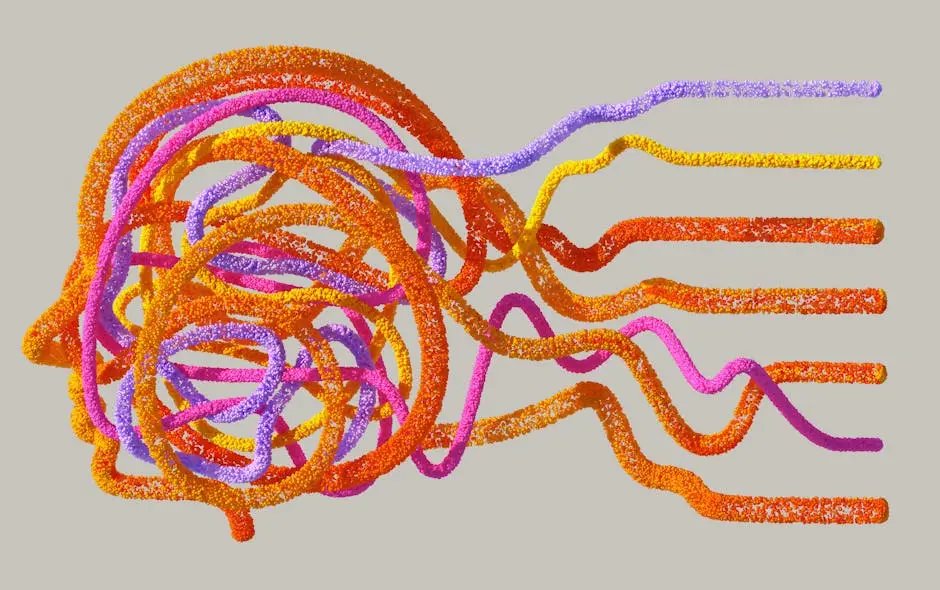How Does OpenAI Deep Research Work in Building AI Assistants?
OpenAI’s groundbreaking AI assistants are not just products of intuition—they’re the result of deep, structured research into machine learning, natural language understanding, and data-driven refinement. Here’s how it all comes together [oai_citation:0‡how-does-openai-deep-research-work-in-building-ai-assistants.html](file-service://file-8q4DZykqLpDuFCSEUWYY4F).

Understanding OpenAI Deep Research
OpenAI’s deep research focuses on pushing the boundaries of AI through real-world problem-solving. It's about innovating advanced algorithms that improve practical, day-to-day interactions [oai_citation:1‡how-does-openai-deep-research-work-in-building-ai-assistants.html](file-service://file-8q4DZykqLpDuFCSEUWYY4F).
Collaboration with universities and industry peers keeps this research ecosystem thriving and at the cutting edge.
The Role of Machine Learning
Machine learning enables OpenAI models to:
- Recognize and predict patterns from data
- Understand nuanced language, tone, and context
- Refine responses over time based on user interaction [oai_citation:2‡how-does-openai-deep-research-work-in-building-ai-assistants.html](file-service://file-8q4DZykqLpDuFCSEUWYY4F)
This adaptability ensures AI conversations feel natural, relevant, and empathetic.
Data Collection and Analysis
Training data is drawn from books, articles, dialogues, and more. OpenAI prioritizes:
- Data diversity—covering multiple languages, topics, and styles
- Bias reduction—filtering data to ensure fairness and inclusivity
- Continuous analysis—improving model accuracy and reliability [oai_citation:3‡how-does-openai-deep-research-work-in-building-ai-assistants.html](file-service://file-8q4DZykqLpDuFCSEUWYY4F)
Training AI Models
Training is an iterative process involving:
- Thousands of learning cycles to minimize prediction errors
- Feedback loops for continuous improvement
- Systematic evaluations to validate real-world performance [oai_citation:4‡how-does-openai-deep-research-work-in-building-ai-assistants.html](file-service://file-8q4DZykqLpDuFCSEUWYY4F)
“Training AI is like coaching a team—constant practice leads to smarter strategies.”
Deploying AI Assistants
Deployment kicks off a new phase where:
- User interactions inform model updates
- Feature upgrades improve personalization and responsiveness
- Security and ethical standards are rigorously maintained [oai_citation:5‡how-does-openai-deep-research-work-in-building-ai-assistants.html](file-service://file-8q4DZykqLpDuFCSEUWYY4F)
Every real-world use case helps sharpen AI capabilities over time.
Wrapping Up
OpenAI’s deep research merges academic innovation with practical application—creating AI assistants that aren't just smart, but useful, ethical, and continually evolving to meet users' real needs [oai_citation:6‡how-does-openai-deep-research-work-in-building-ai-assistants.html](file-service://file-8q4DZykqLpDuFCSEUWYY4F).